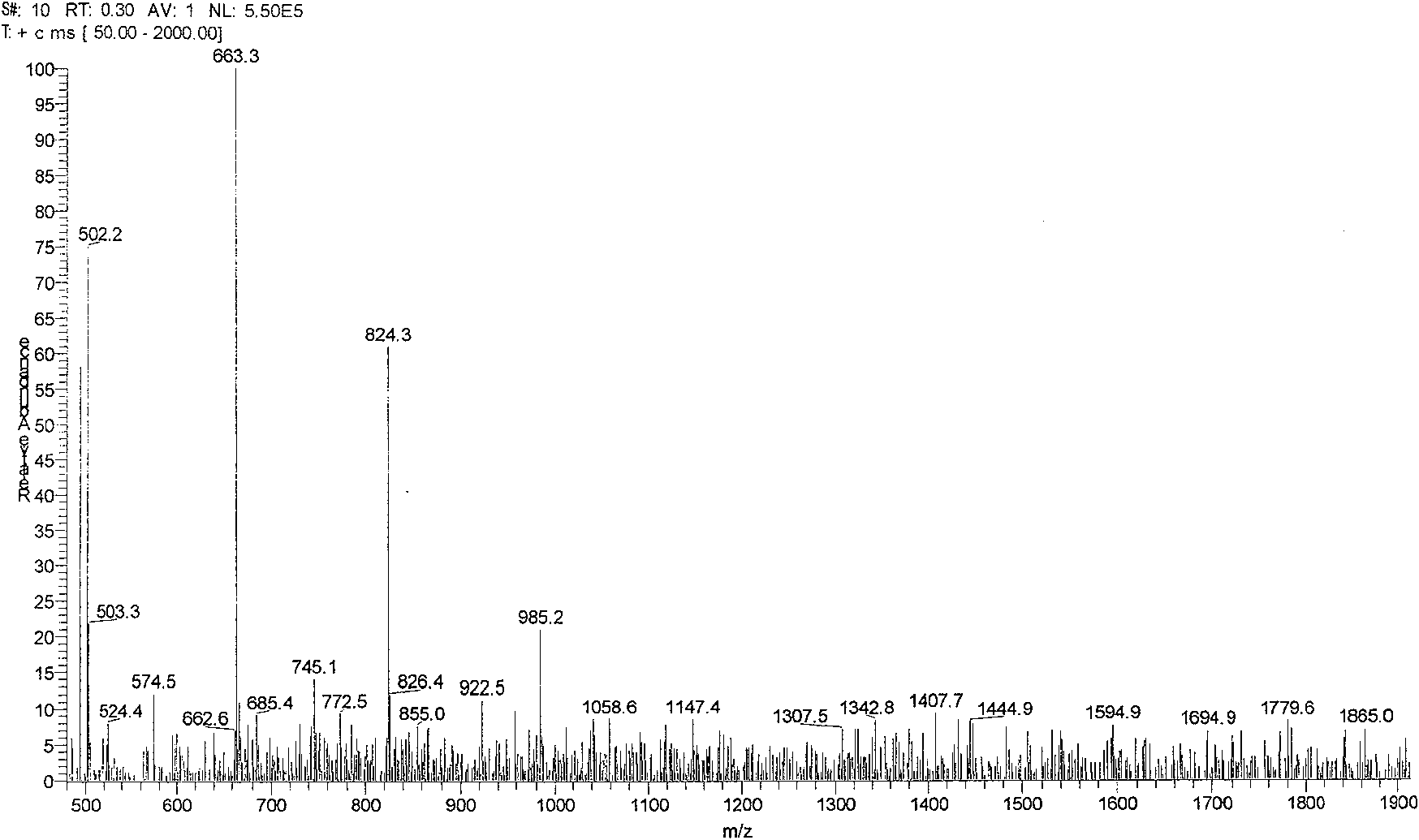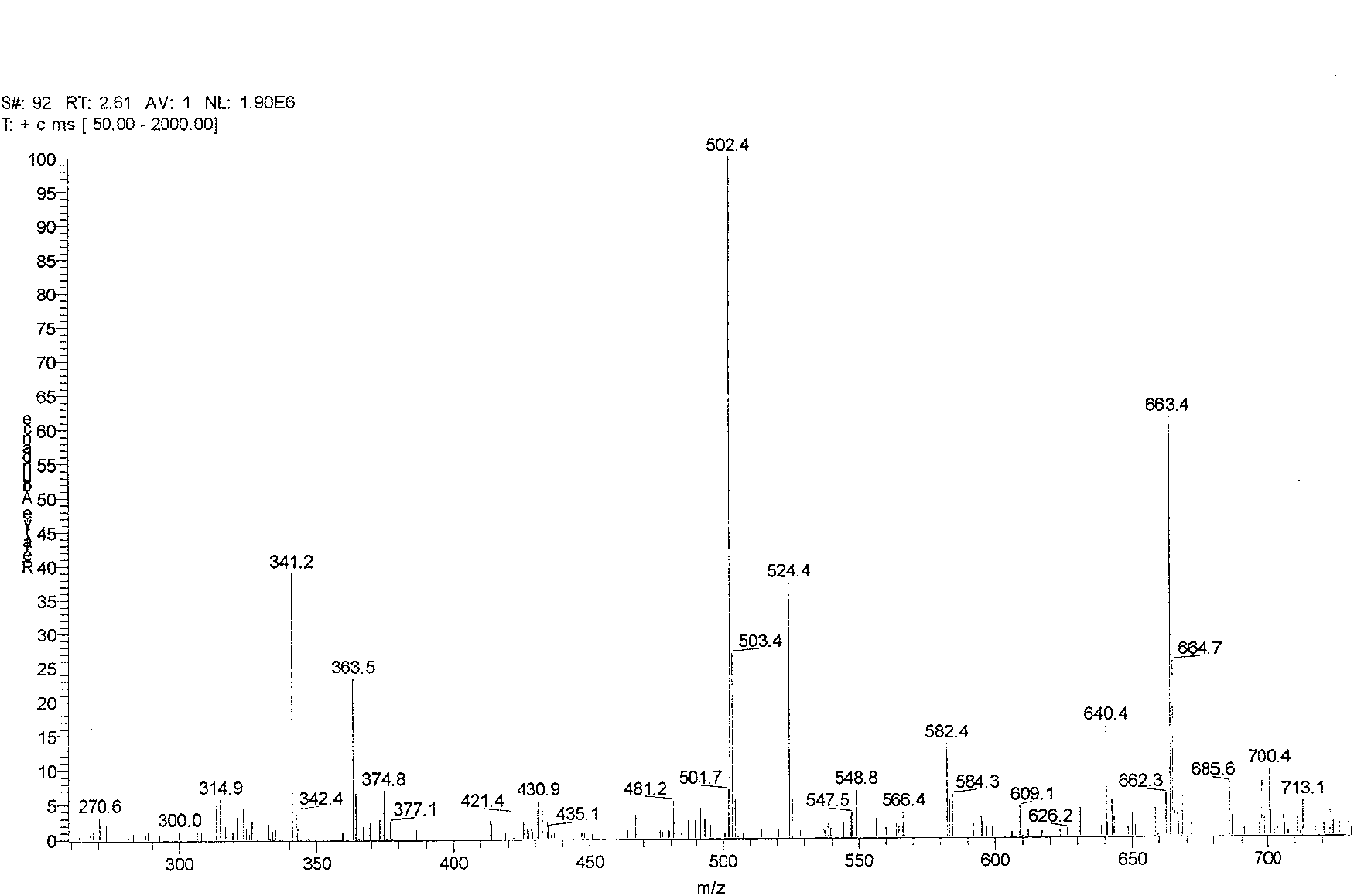Highly effective chitosan degradation bacteria bacillus and its chitosan enzyme produced therefrom
A Bacillus, polycanase technology, applied in the direction of hydrolytic enzymes, microorganism-based methods, bacteria, etc., can solve the problems of products being a variety of mixtures, low productivity, etc.
- Summary
- Abstract
- Description
- Claims
- Application Information
AI Technical Summary
Problems solved by technology
Method used
Image
Examples
Embodiment 1
[0010] Screening of bacteria: preparation of chitosanase plate: screening required bacterial strains by the out-of-circle situation around different bacterial colonies on the plate containing 0.1% chitosan basic medium. And through 16S rDNA for preliminary identification.
[0011] Research on bacterial enzyme production: the screened bacteria were inserted into the basic culture solution containing 0.1% chitosan, and shake cultured overnight at 30°C. Concentrate the supernatant and break the cells, and add the concentrated supernatant and cell breakdown liquid into the McIlvaine buffer containing 0.01% chitosan, react at 37°C for 2 hours, and measure the content of reducing sugar in the reaction system by DNS method.
Embodiment 2
[0013] Research on the properties of enzyme production: through the growth of the strains under two different conditions of the basic culture medium with chitosan and no chitosan, and the enzymatic activity verification after the fermentation supernatant was concentrated as a crude enzyme, the results Show that the strain is non-induced enzyme production.
Embodiment 3
[0015] Determination of enzyme activity: the fermented supernatant is concentrated and used as crude enzyme, and the optimal reaction pH of the enzyme is PH6.5 through the determination of the amount of reducing sugar produced by enzymatic hydrolysis products of different pH gradients; and then reduced by different temperature gradients According to the efficiency of sugar production, the most suitable reaction temperature of this enzyme is 60℃.
PUM
 Login to View More
Login to View More Abstract
Description
Claims
Application Information
 Login to View More
Login to View More - R&D
- Intellectual Property
- Life Sciences
- Materials
- Tech Scout
- Unparalleled Data Quality
- Higher Quality Content
- 60% Fewer Hallucinations
Browse by: Latest US Patents, China's latest patents, Technical Efficacy Thesaurus, Application Domain, Technology Topic, Popular Technical Reports.
© 2025 PatSnap. All rights reserved.Legal|Privacy policy|Modern Slavery Act Transparency Statement|Sitemap|About US| Contact US: help@patsnap.com



